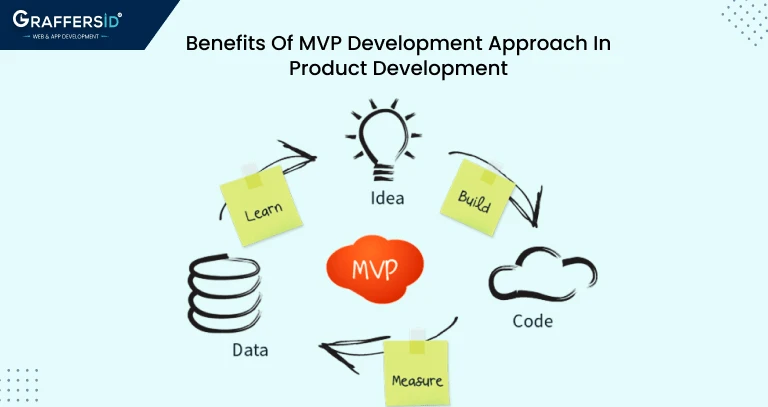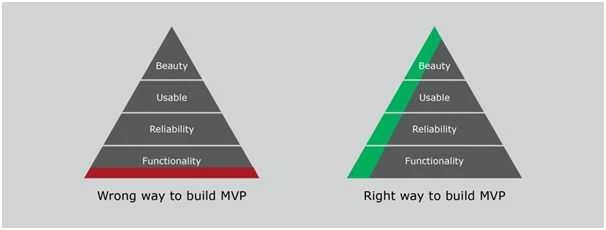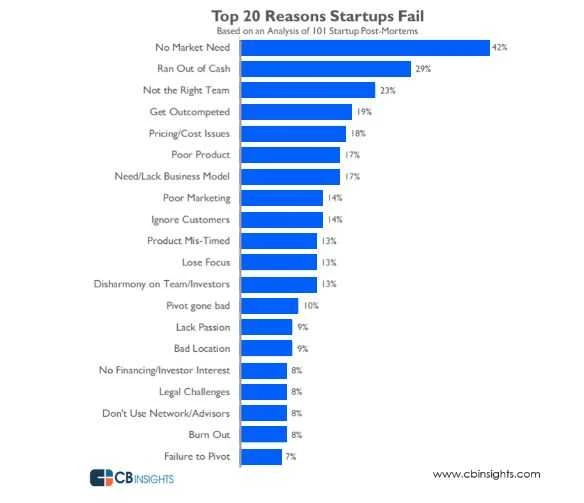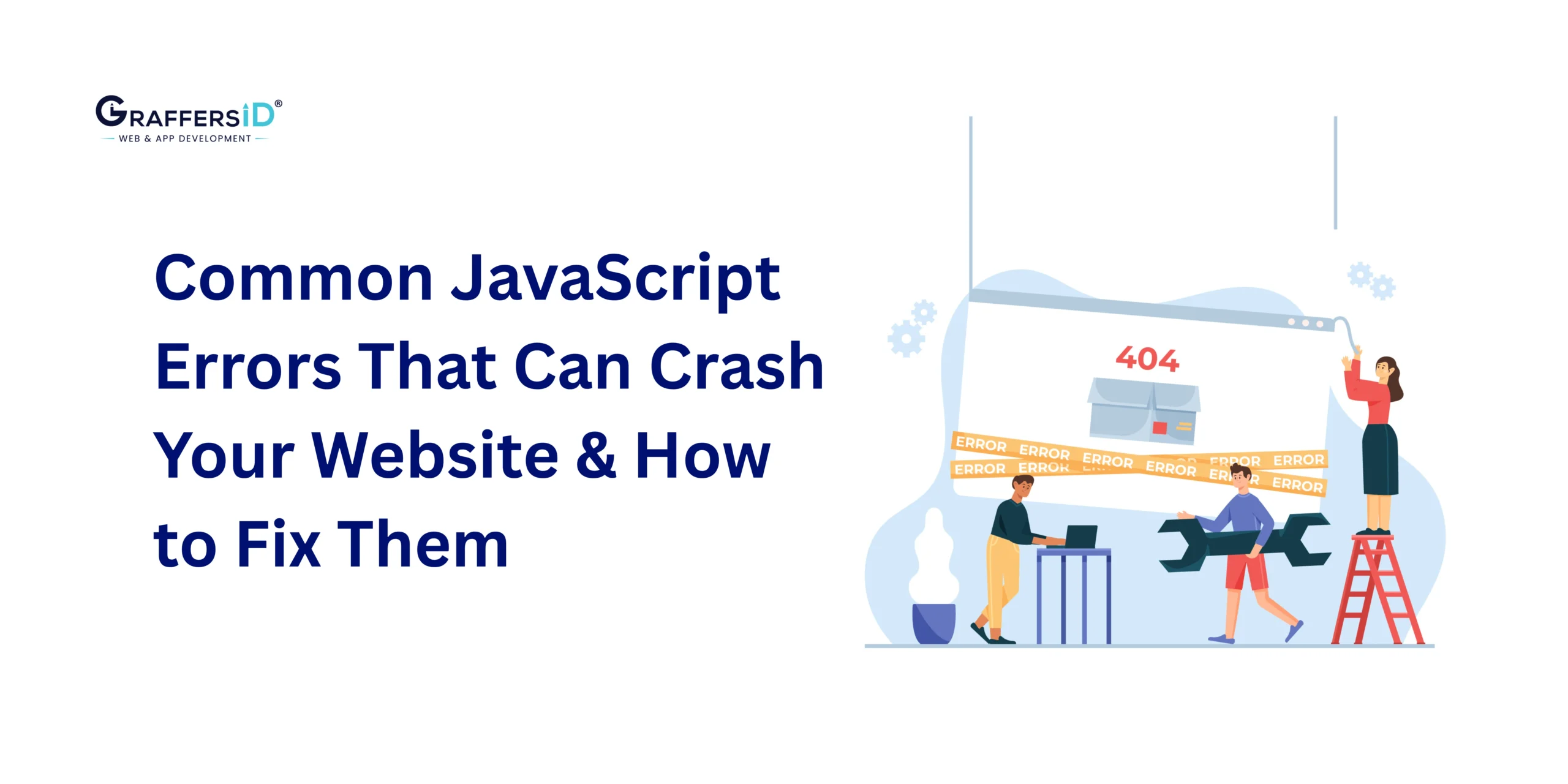In today’s fast-paced world of product development, it’s essential to have a solid development approach in place that allows you to quickly and efficiently bring your ideas to market. One such approach that has gained popularity in recent years is the Minimum Viable Product (MVP) development approach. An MVP is a product with just enough features to satisfy early customers and provide feedback for future product development. It is an iterative process that allows businesses to test their product idea with minimal investment and risk. In this blog, we will explore the benefits of the MVP development approach in product development and how it can help businesses achieve success in a highly competitive market.
What is MVP?
MVP stands for “Minimum Viable Product”. It is a concept used in product development that refers to the version of a new product or service that has just enough features to satisfy early adopters and test the market while minimizing development costs and time-to-market. The idea behind an MVP is to quickly release a product or service with just the core features that are necessary to provide value to users, and then iteratively build on it based on feedback and user behavior. This allows companies to validate their assumptions and test their hypotheses about what customers want and need, before investing too much time and money into a full-scale product or service. An MVP is typically developed by a cross-functional team of designers, developers, and product managers, who work together to identify the essential features that are required to create a usable product. Once the MVP is released, the team can then collect feedback from users and use that information to guide future development iterations. Key Highlights of MVP
- MVP is a product development strategy that focuses on creating a minimal version of a product that can be quickly developed and launched to test the market and gather feedback.
- The purpose of MVP is to validate the assumptions and hypotheses underlying the product idea, identify what works and what doesn’t, and guide future development.
- MVP typically includes only the essential features and functionalities that solve the core problem of the target audience. It is not intended to be a fully-featured or polished product, but rather a prototype or proof of concept.
- MVP is a lean approach that helps companies save time and resources by avoiding building unnecessary features or investing in a product that may not be successful.
- MVP can be used in various industries, including software development, hardware development, and consumer products.
- MVP can be developed using different methods, including prototyping, wireframing, or even a landing page with a signup form to gauge interest.
- MVP requires continuous feedback and iteration to ensure that the product meets the needs of the target audience and provides value.
Benefits Of Using MVP:
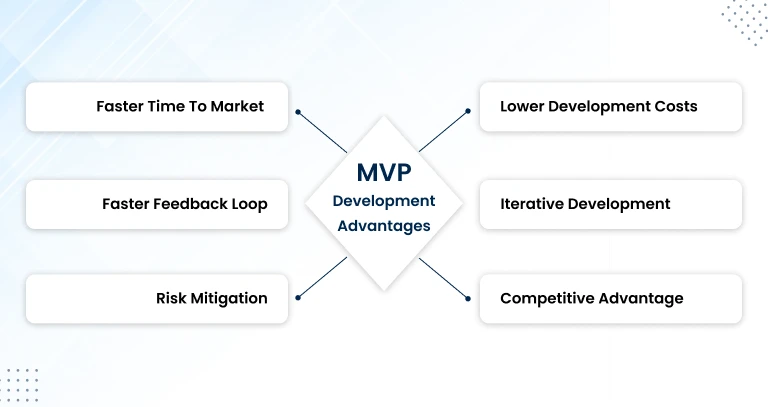 As an entrepreneur or product manager, one of the biggest challenges you face is bringing your product to market. You have a vision of what your product will be and how it will change the world, but you also know that building the perfect product takes time and resources. That’s where the concept of a Minimal Viable Product (MVP) comes in. An MVP is a version of your product with just enough features to satisfy early customers and provide feedback for future development. By focusing on creating an MVP, you can reduce time-to-market, reduce development costs, and gather valuable feedback from customers that will guide future product development. Let’s explore the benefits of using an MVP and why it is the key to successful product development.
As an entrepreneur or product manager, one of the biggest challenges you face is bringing your product to market. You have a vision of what your product will be and how it will change the world, but you also know that building the perfect product takes time and resources. That’s where the concept of a Minimal Viable Product (MVP) comes in. An MVP is a version of your product with just enough features to satisfy early customers and provide feedback for future development. By focusing on creating an MVP, you can reduce time-to-market, reduce development costs, and gather valuable feedback from customers that will guide future product development. Let’s explore the benefits of using an MVP and why it is the key to successful product development.
Faster Time to Market:
The MVP approach allows you to launch your product quickly with only the essential features. This approach helps to reduce the time and cost required for product development, as you don’t have to spend a lot of time on building unnecessary features. Here are the companies that MVP to speed up their time to market:
- Dropbox: Dropbox is a cloud-based file hosting service that allows users to store and share files online. Dropbox used an MVP approach to test the market for their product before investing in building a full-fledged platform. The MVP allowed them to quickly validate their assumptions and gather feedback from early users.
- Zappos: Zappos is an online shoe and clothing retailer that uses MVPs to test new products and features. For example, when the company wanted to add handbags to its product line, it first created an MVP by buying a few hundred handbags and listing them on the website. This allowed the company to test demand before investing in a larger inventory.
- Buffer: Buffer is a social media management platform that used an MVP to quickly validate its business model. The MVP allowed them to test the market and gather feedback from early users before investing in building a full platform.
- Groupon: Groupon used an MVP to test the market for its group-buying platform. The MVP allowed the company to quickly validate its business model and gather feedback from early users before investing in building a full platform.
- Airbnb: Airbnb used an MVP approach to test the market for its home-sharing platform. The MVP allowed the company to quickly validate its assumptions and gather feedback from early users before investing in building a full platform.
Cost-Effective:
MVP development approach helps you to focus on the most important features of your product, which in turn reduces development costs. It is an excellent way to validate your product idea before you invest significant resources in product development. MVP is designed to help businesses save money in the long run by validating product-market fit and reducing the risk of building a product that doesn’t meet customers’ needs. Here are some examples of how MVP can save businesses money:
- Reduced Development Costs: By developing an MVP, businesses can reduce the cost of product development by focusing only on the essential features required to meet the needs of early adopters. This reduces the time and resources required to develop the product, which ultimately reduces the development cost.
- Early Feedback: MVP allows businesses to get early feedback from customers about the product, which helps them identify any issues or shortcomings with the product. Early feedback allows businesses to make necessary changes to the product before investing more resources in product development.
- Better Product-Market Fit: MVP helps businesses validate the product-market fit before investing too much time and money into the product. It helps businesses to identify the customers’ needs and preferences, which enables them to develop a product that meets those needs, resulting in better customer satisfaction.
- Reduced Marketing Costs: MVP allows businesses to test the product with early adopters and get feedback, which can be used to refine the product’s messaging and positioning. This makes marketing efforts more effective, resulting in reduced marketing costs in the long run.
- Reduced Risk: MVP helps businesses to reduce the risk of developing a product that does not meet customers’ needs. By testing the product with early adopters, businesses can identify any issues with the product, which reduces the risk of failure in the long run.
Customer Feedback:
The MVP development approach allows you to get feedback from your customers early in the product development cycle. This feedback is valuable as it helps you to make necessary changes to the product, ensuring that you are building a product that meets the customer’s needs.
Iterative Development:
With the MVP approach, you can continuously iterate and improve your product based on customer feedback. This iterative process helps you to create a better product that is tailored to your customer’s needs.
Risk Mitigation:
MVP development approach helps you to mitigate risks associated with product development. By launching a minimum viable product, you can quickly identify any potential problems and make necessary changes to the product.
Competitive Advantage:
The MVP development approach helps you to launch your product quickly and get ahead of your competition. By delivering a product that meets the customer’s needs early in the development cycle, you can gain a competitive advantage in the market.
Conclusion:
In conclusion, the MVP development approach offers a range of benefits for product development. By focusing on developing a minimum viable product, businesses can reduce risk and minimize investment while still testing and validating their ideas. MVP also allows for faster iterations, as feedback from customers can be quickly incorporated into the product development process. Additionally, MVP helps businesses to remain focused on their core value proposition and to identify and eliminate features that are not essential. By following an MVP development approach, businesses can ensure that they are delivering a product that meets the needs of their target customers, is cost-effective, and has the potential to scale. Ultimately, the MVP development approach can help businesses to increase their chances of success by reducing risk, improving product quality, and accelerating time-to-market.
Connect With GraffersID for MVP Development:
If you’re looking for top-notch MVP development and product development services, look no further than GraffersID. Our team of experienced developers and product managers can help turn your vision into a reality. Whether you need help with building a minimum viable product to test your idea or you’re ready to take your product to the next level, we’ve got you covered. Don’t wait any longer to bring your product to market – Contact GraffersID today and let us help you succeed!
